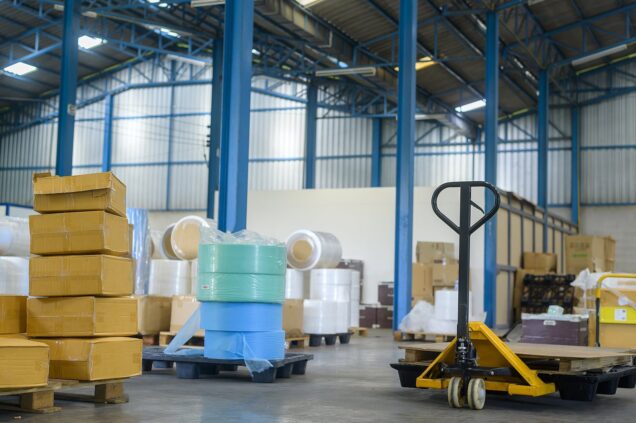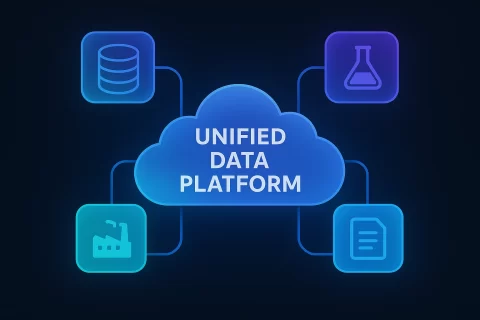Minimize Trading Costs While Ensuring GDP Compliance Using Algorithmic Intelligence
Trading costs are often unpredictable due to various factors that influence them, such as oil prices, transaction taxes, broker commissions, and exchange rates. When the pandemic hit, it became even more volatile. According to The World Economic Forum, the health crisis has swelled shipping costs by around 350% since May 2020. One of the main reasons is the shortage of shipping containers. According to experts, the shortage is likely to be temporary, but shipping costs may remain high.
Aside from shipping container shortage, reduced workforce, minimized business transactions, lockdowns, and other social restrictions severely affected the container shipping sector, resulting in increased travel distance and costly delays. The International Finance Corporation underscored the possible increase in logistics costs in the longer term due to tighter cross-border processes and controls due to health safety concerns.
Pharma manufacturers and distributors can adopt strategies to keep costs to a minimum. But they must do so while ensuring compliance with regulatory standards such as Good Distribution Practice, which can be very tricky. Ensuring that the quality and integrity of medicines are maintained throughout the supply chain and reach their destination at the right time, and the right condition may involve spending more to expedite shipping.
So how can pharma manufacturers and distributors minimize trading costs while ensuring GDP compliance?
The Smarter Approach
Supply chain processes have been reactive to disruptions — and this should change to achieve compliance and, at the same time, reduce costs.
Complete visibility is key. You cannot contain trading costs without fully viewing the end-to-end transactions. You need to “see” ahead or in real-time what causes friction and what can be proactively done to minimize its financial and business impact.
But visibility alone is not enough. An intelligent approach to dealing with friction and risks is also necessary.
The intelligent approach is adaptive rather than reactive. It leverages Artificial Intelligence that automates both monitoring and execution. It helps eliminate manual and non-standard processes that add more friction, increase trading costs, and complicate compliance even more. Unlike traditional, pre-programmed automation, solutions that use Artificial Intelligence continuously learn on their own, minimizing human intervention and speeding up action implementation.
Mareana’s Network Visibility and Risk Management
Mareana’s Supply Chain Intelligence platform leverages Artificial Intelligence to help supply chains achieve a 360-degree view of the value chain, automate and standardize trade processes, achieve compliance, and maintain trading and other costs to a minimum.
Mareana’s Supply Chain Intelligence platform allows you to sense and respond to changes in real-time by:
- Ensuring all data, both structured and unstructured, and insights are easily accessible to all players;
- Harnessing the true value and context of your data — including historical transactional data, external data (weather, geopolitical, Covid19, etc.), and real-time data — across all sources; and
- Process Mines data and supply chain context effortlessly.
Mareana’s Supply Chain Intelligence uses Deep Learning and Artificial Intelligence to enable frictionless supply chain execution at the edge. It transforms enterprises from a System of Records to a System of Execution that proactively manages risks, adapts to changes as they happen, and executes in an automated and standardized fashion. It empowers supply chain organizations to respond by enabling:
- Always-aware value chains,
- Preemptive event mitigation, and
- Artificial Automation.
To experience how Mareana’s Supply Chain Intelligence helps companies minimize trading costs while ensuring compliance, request a demo now.




 Learn more
Learn more



